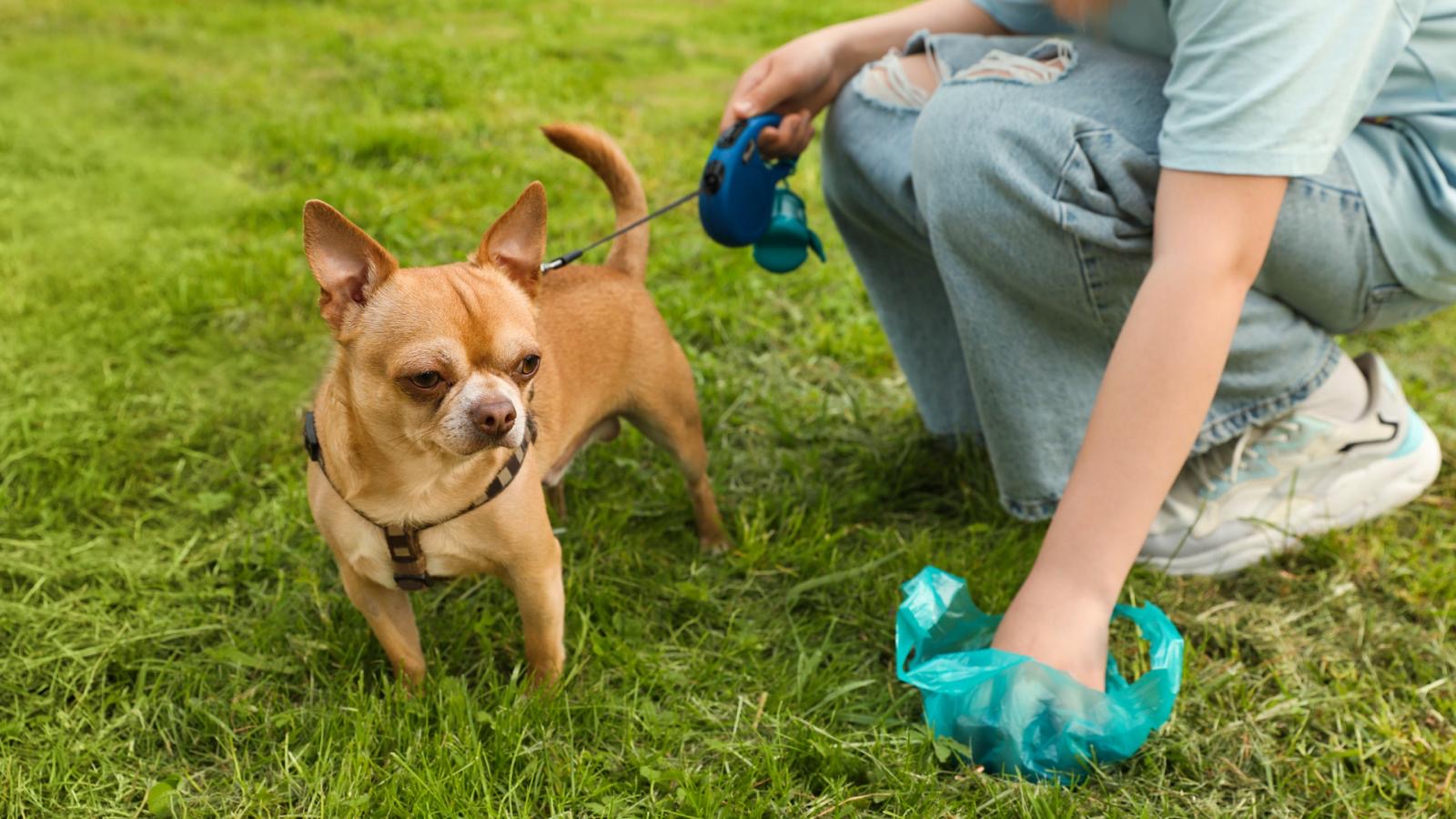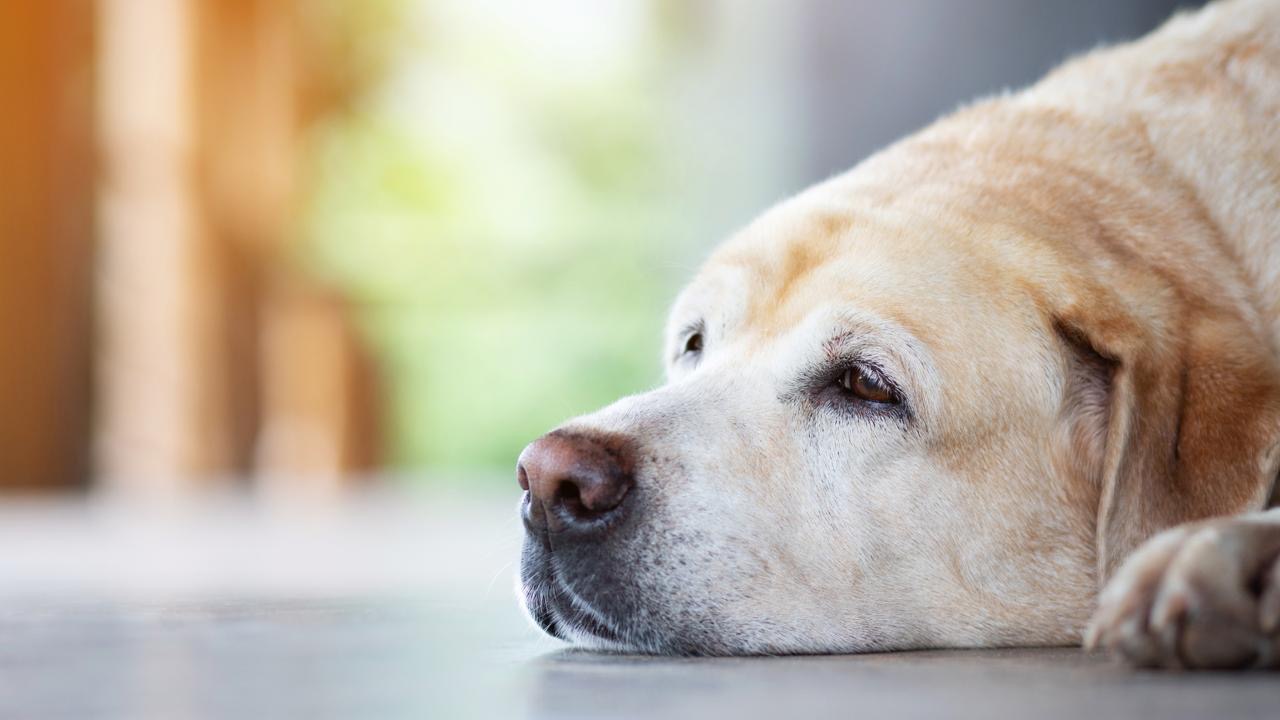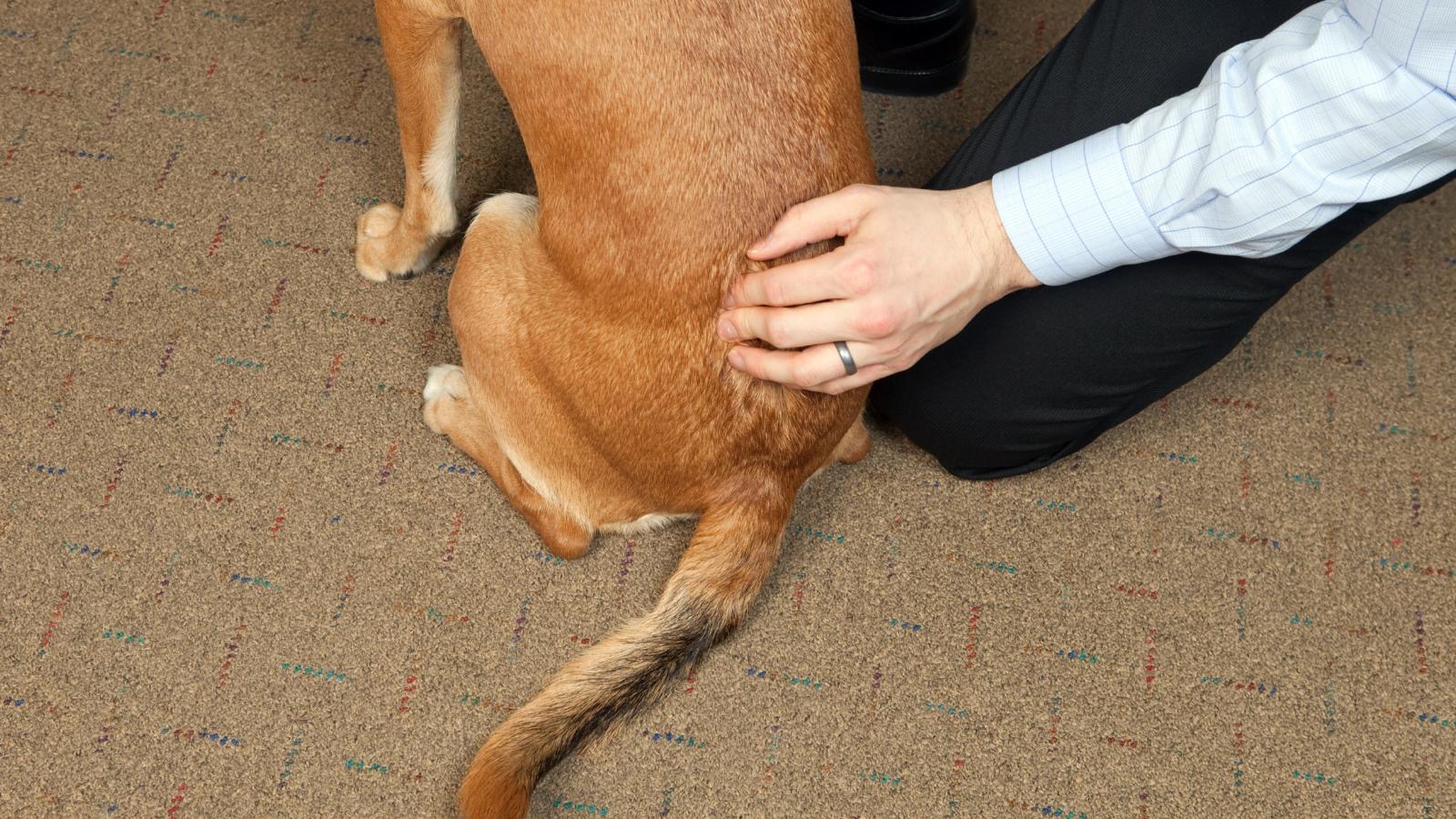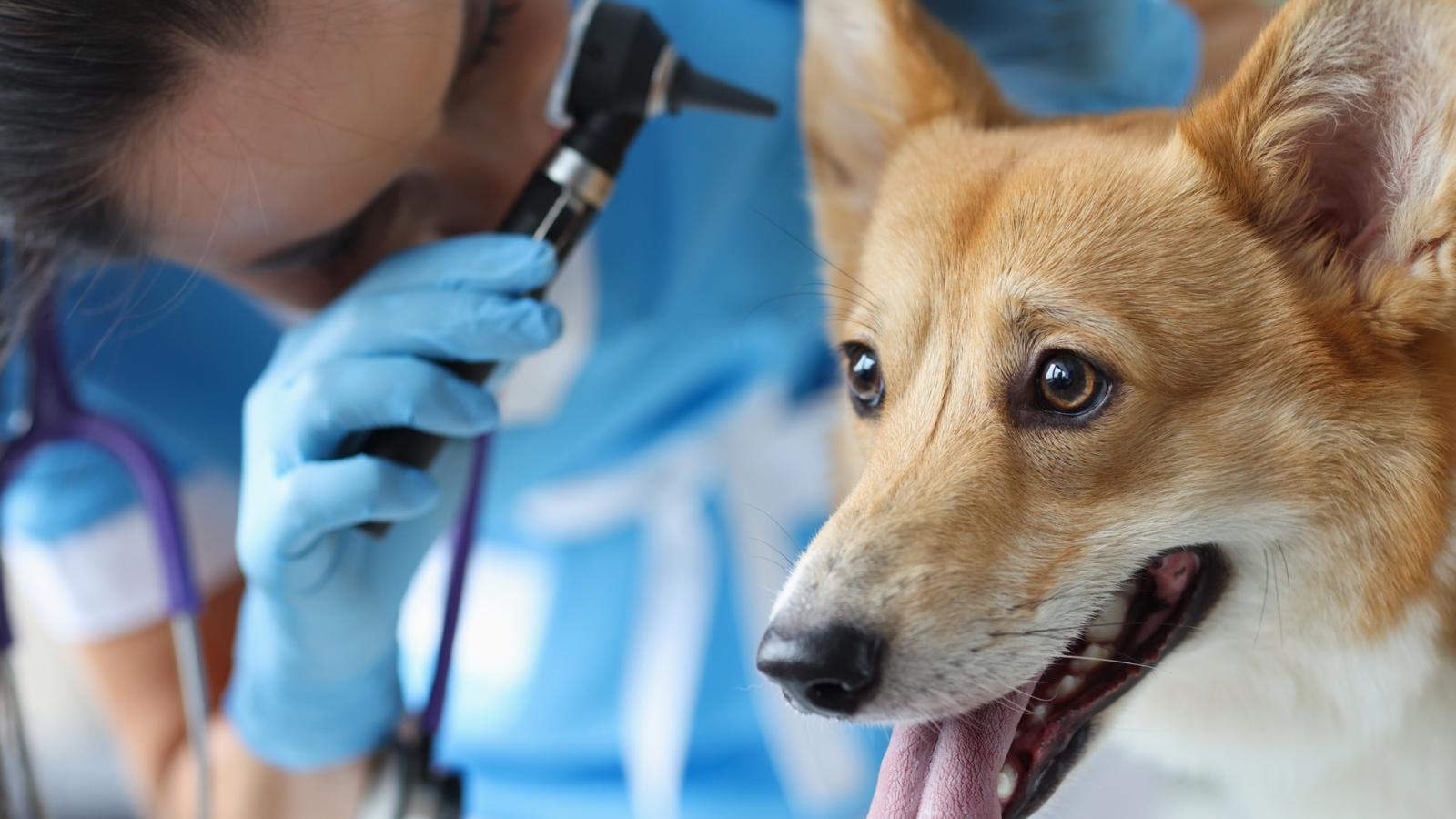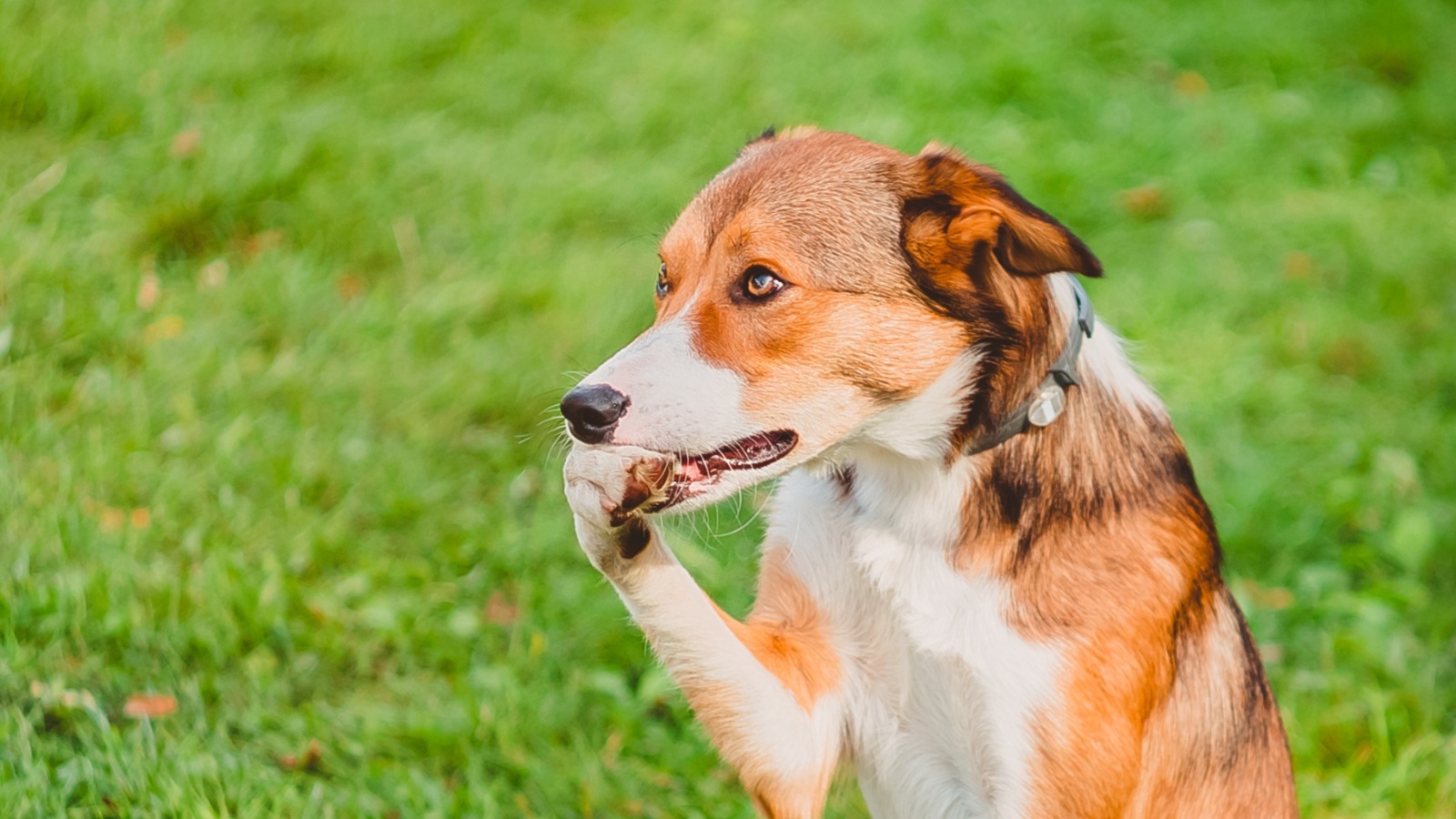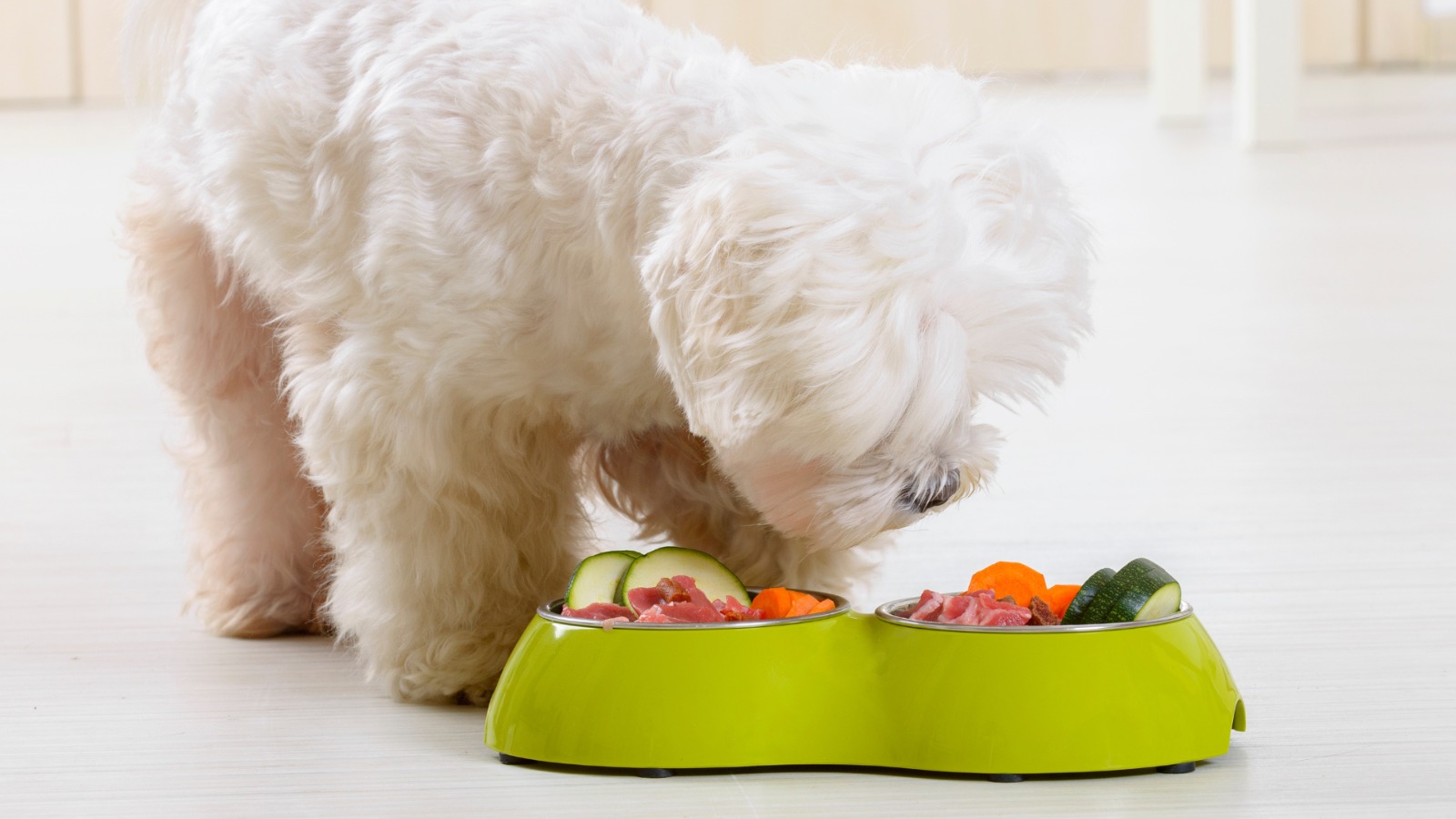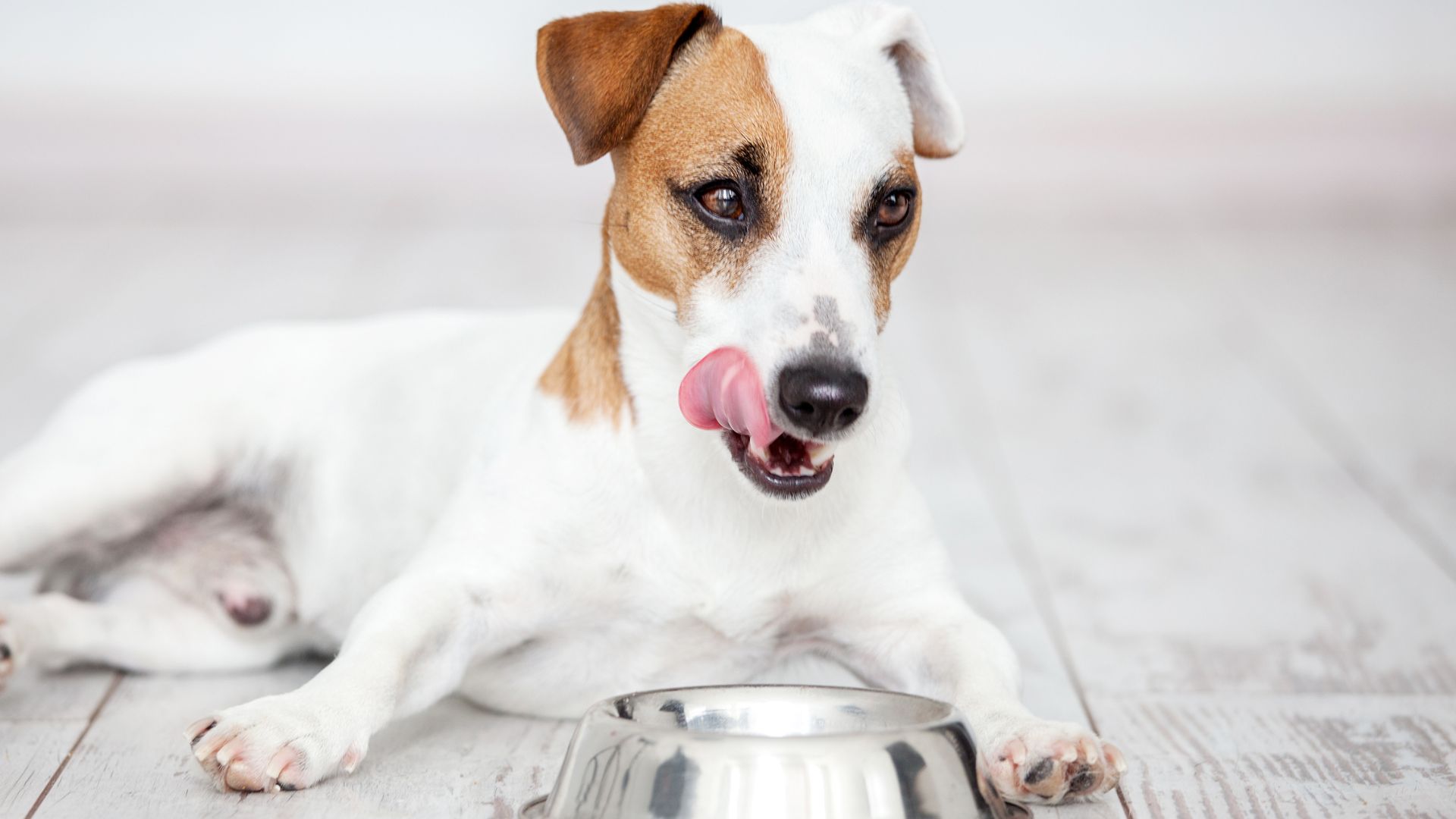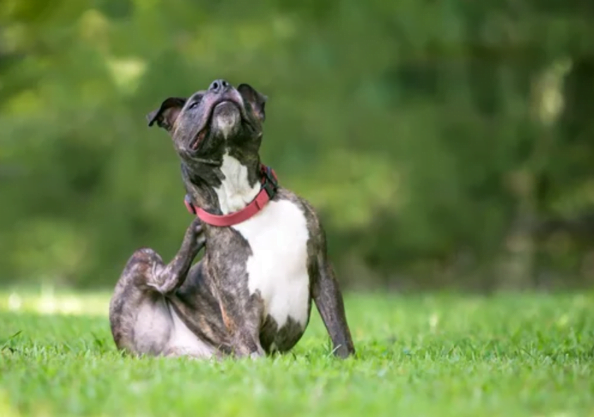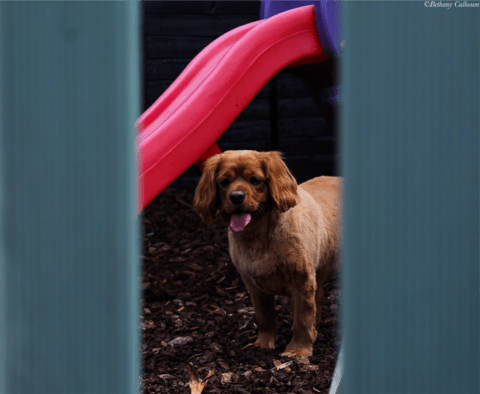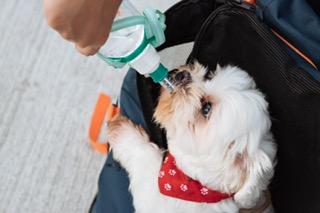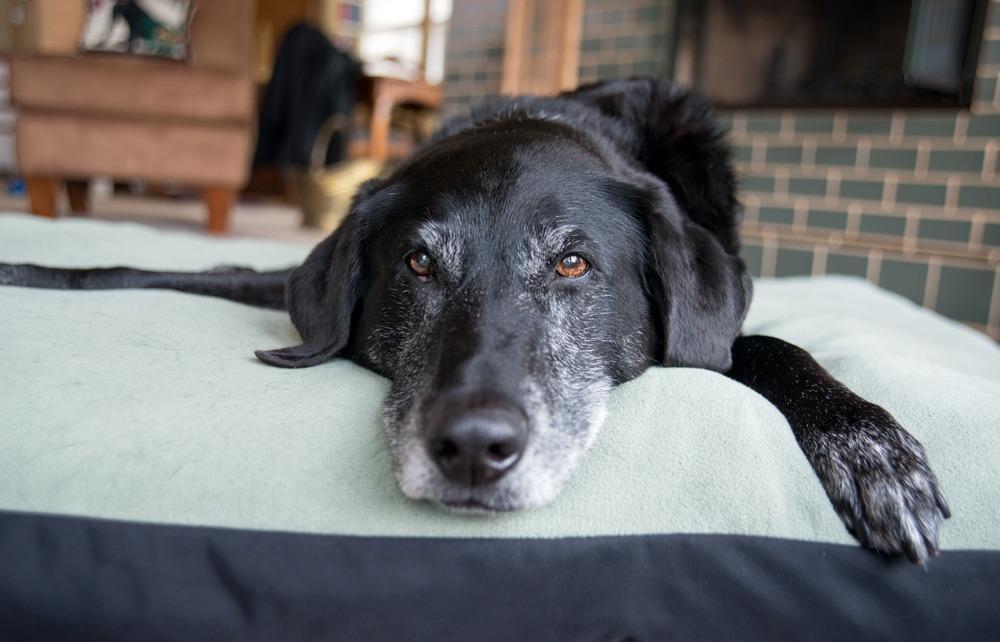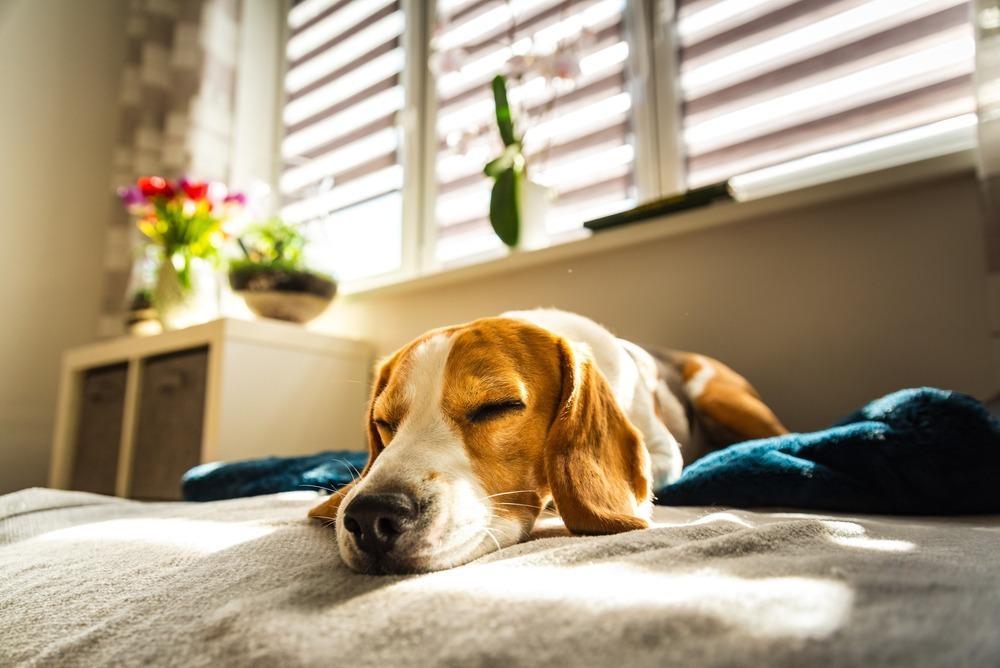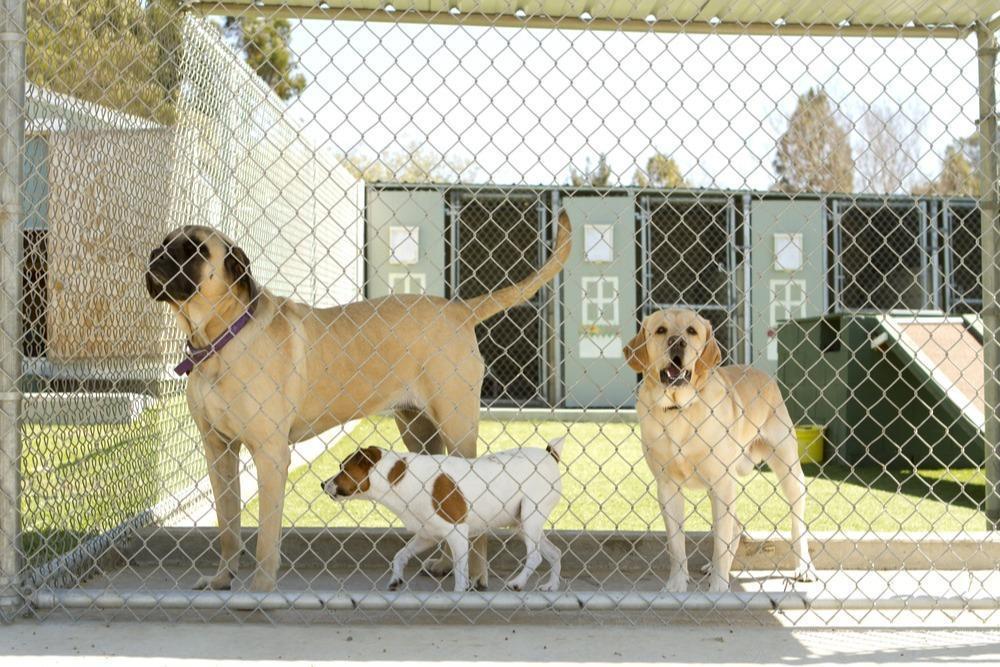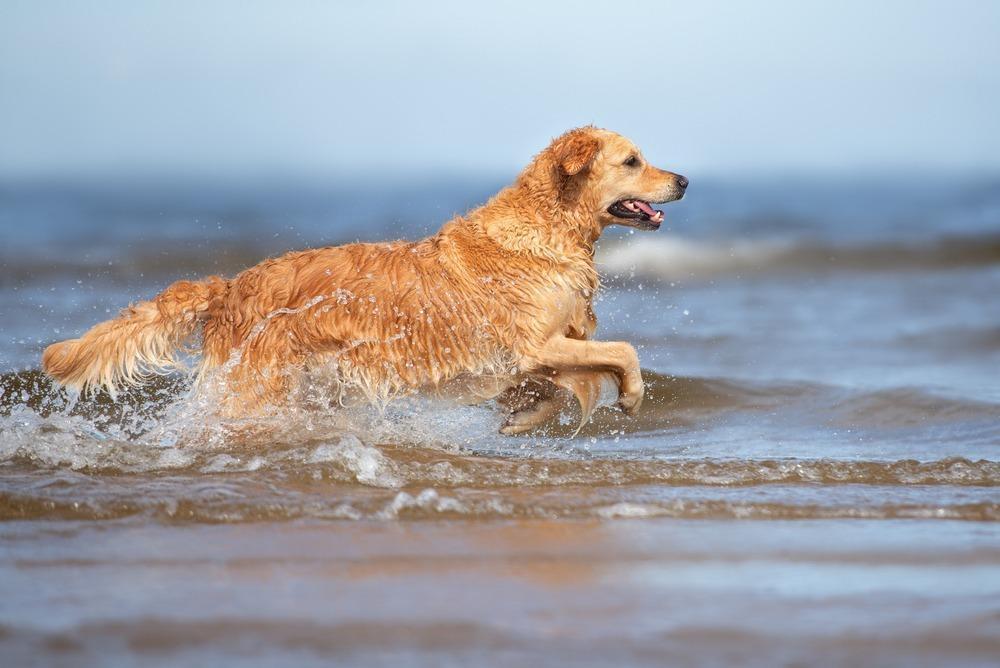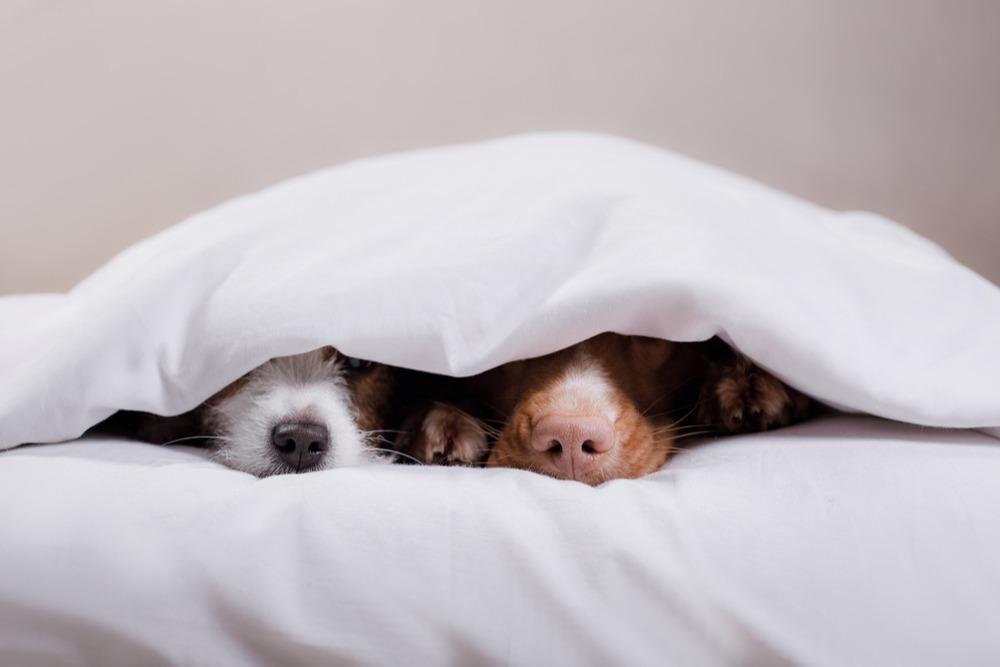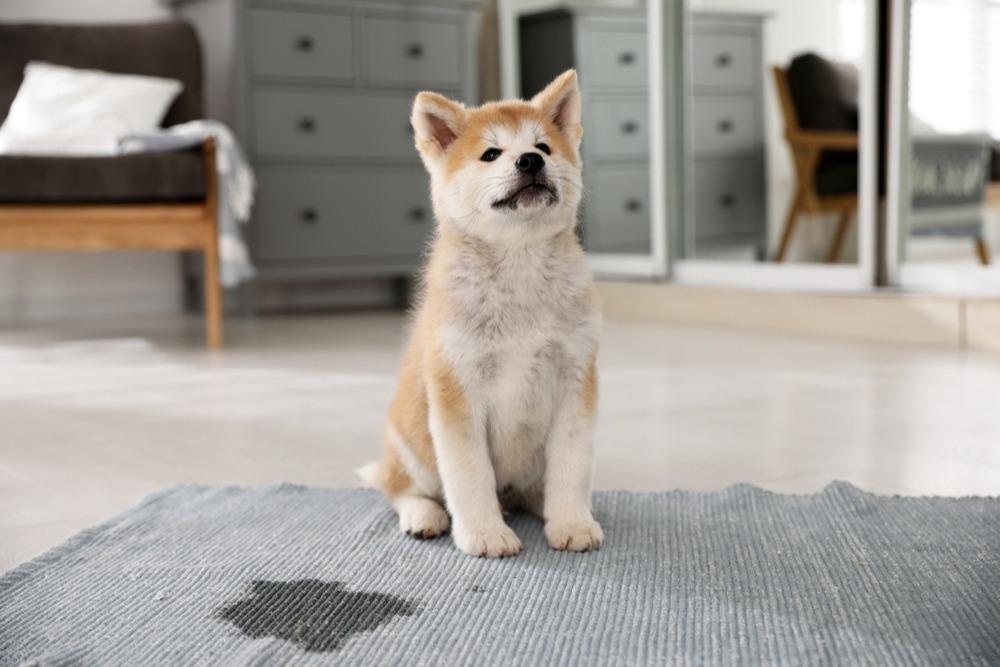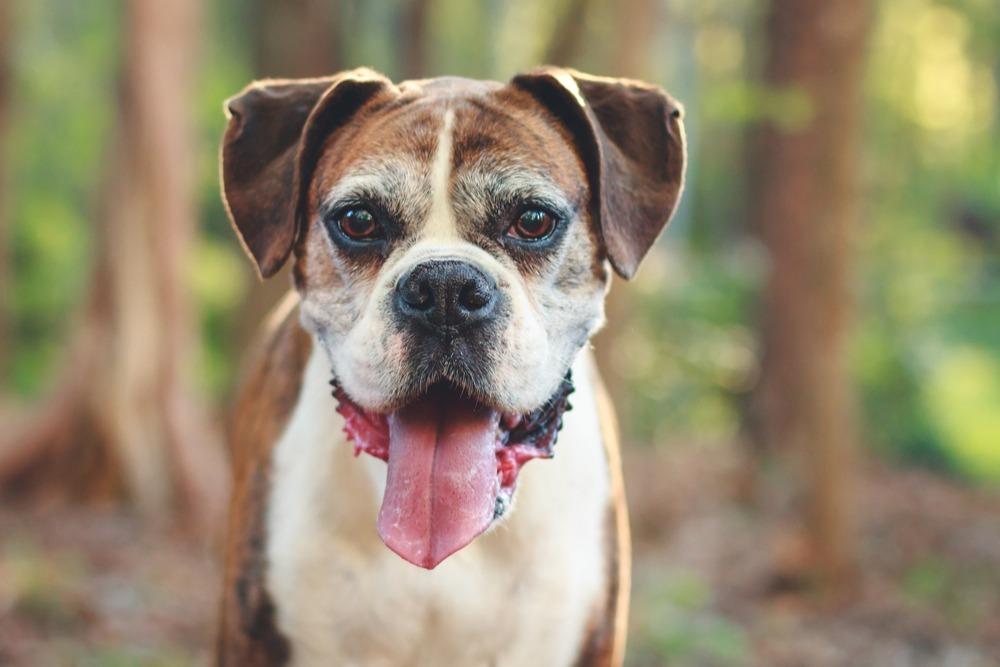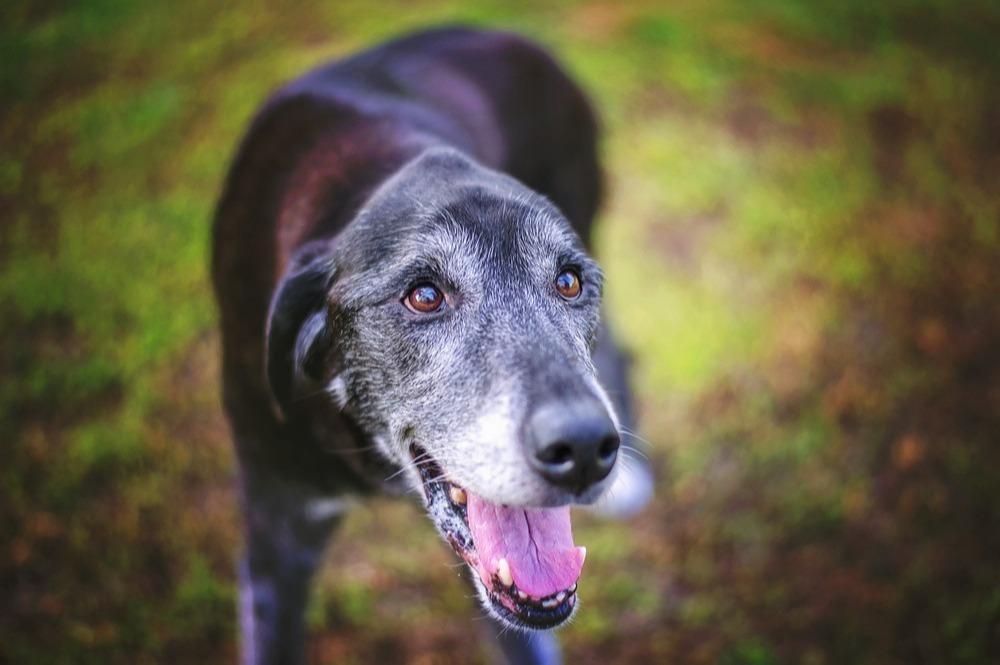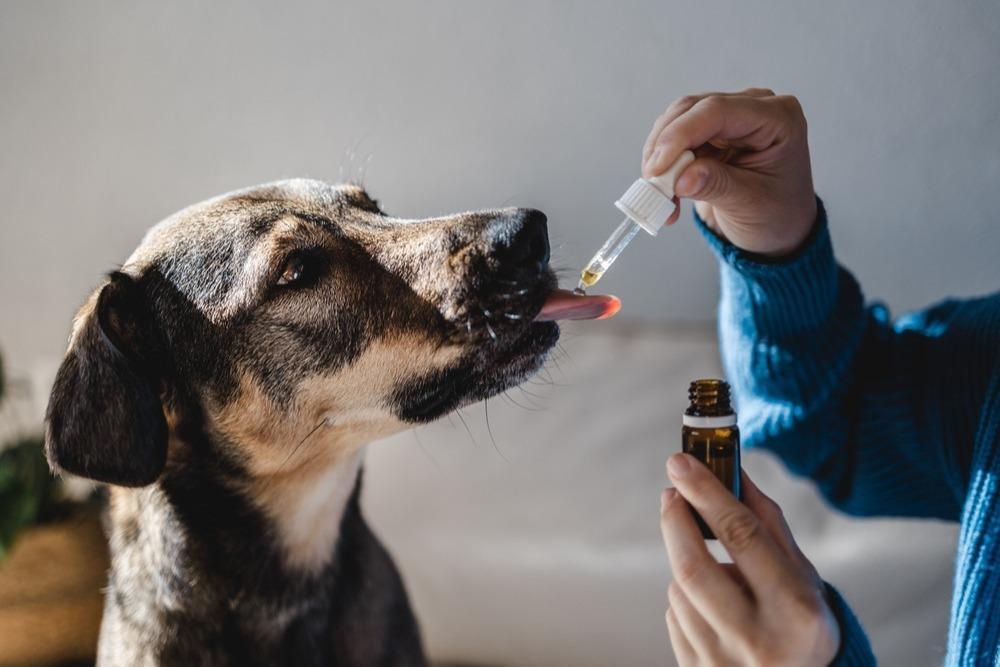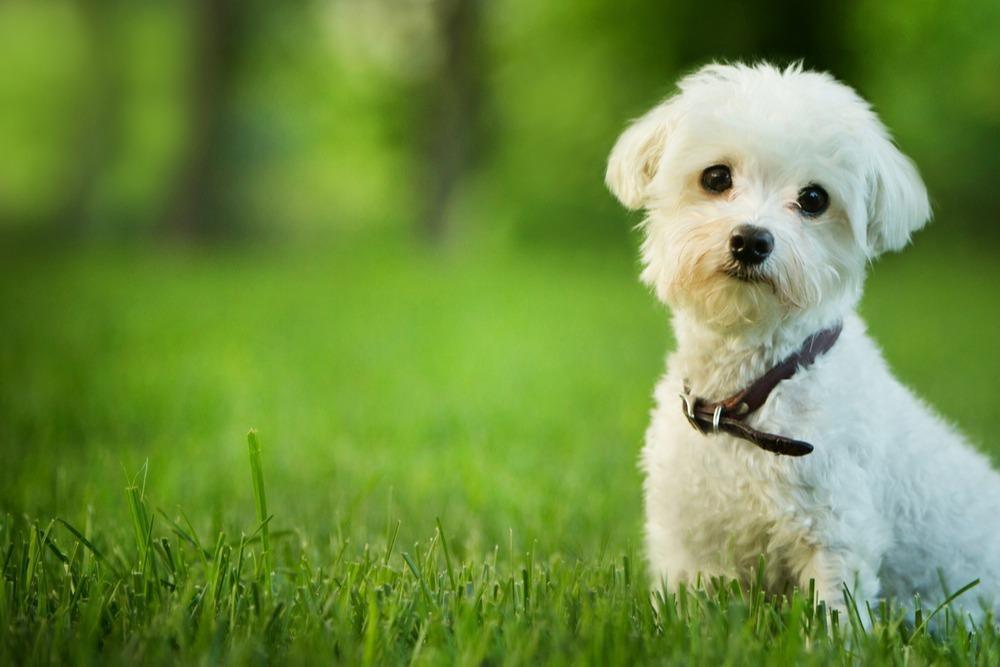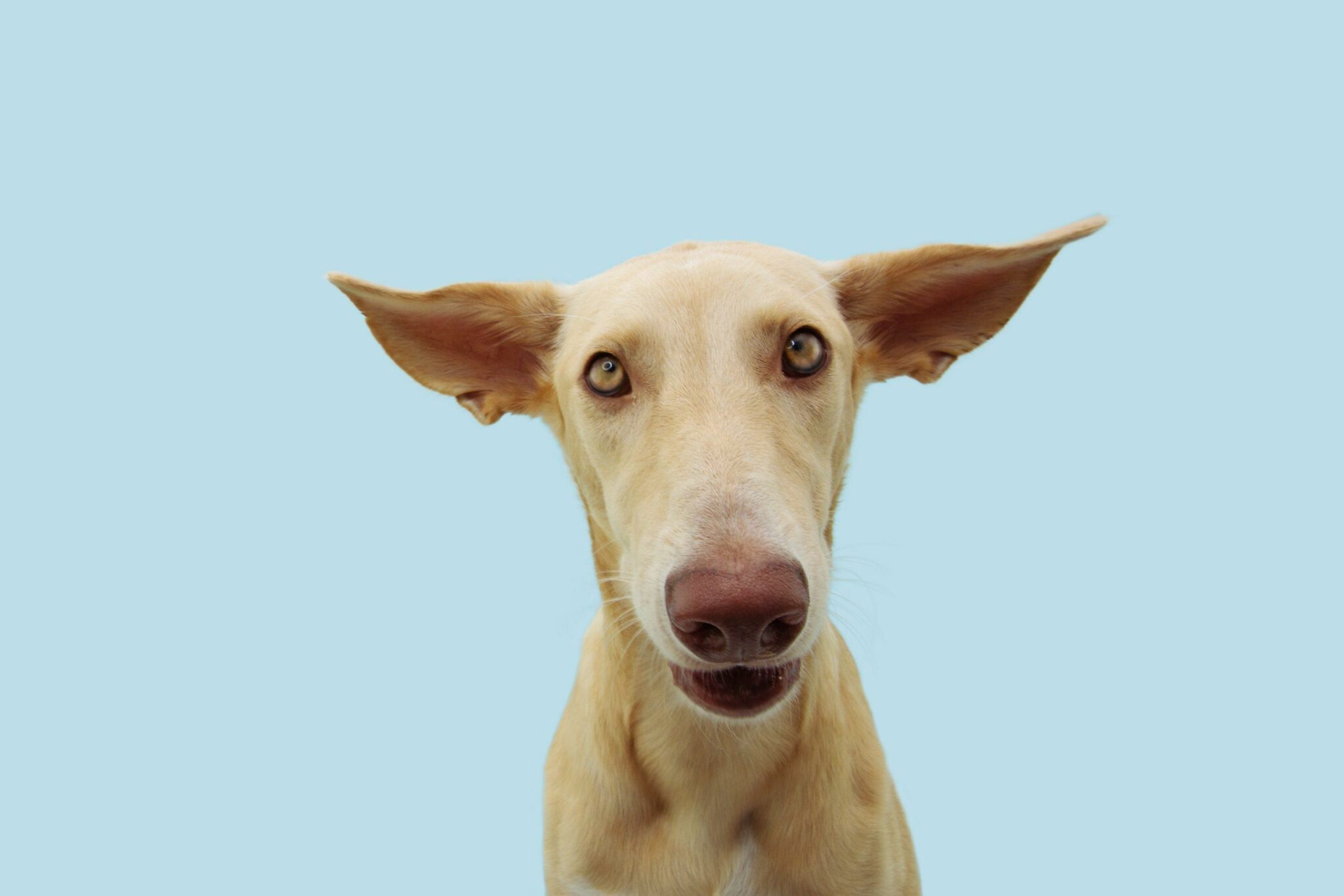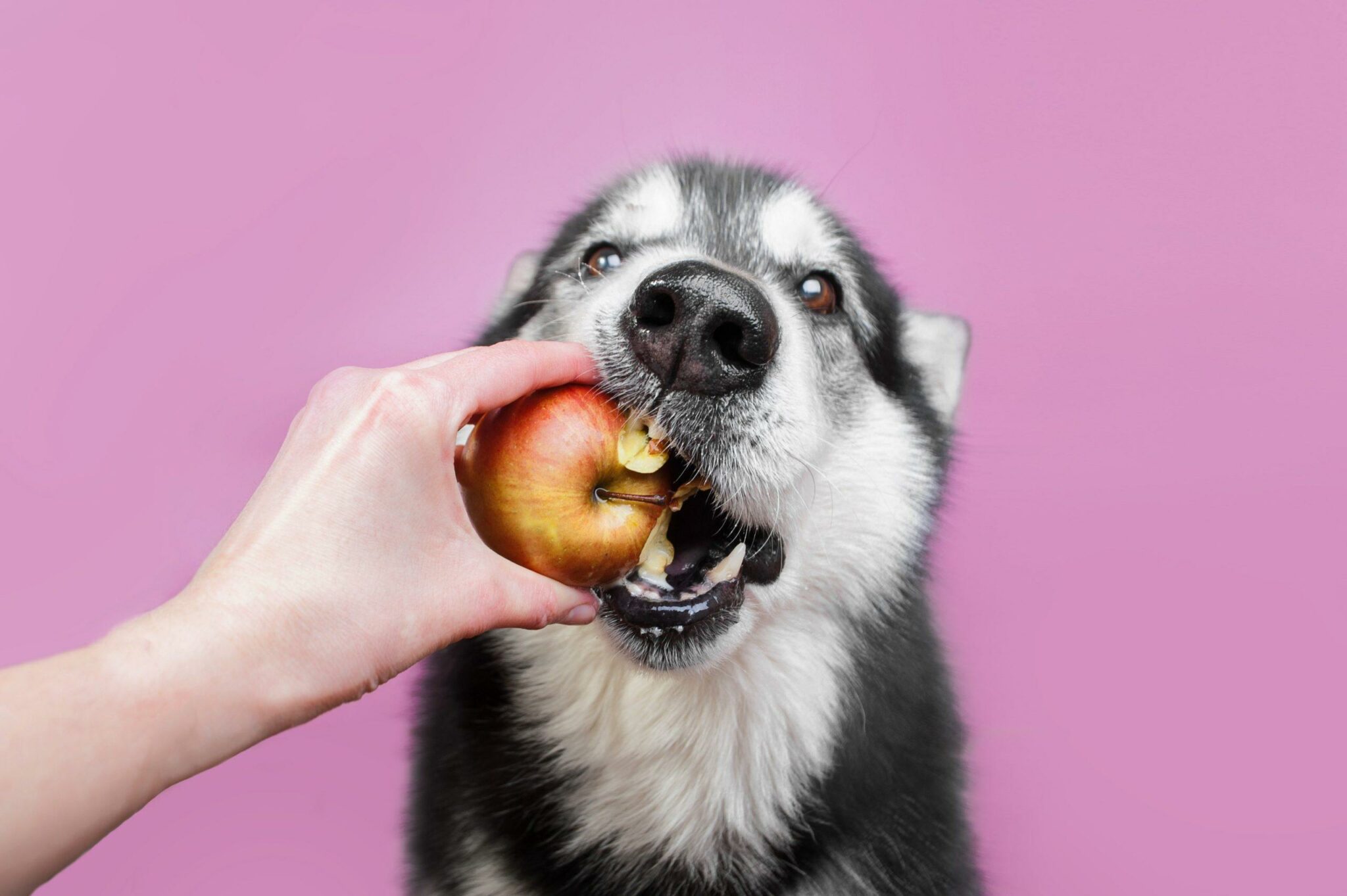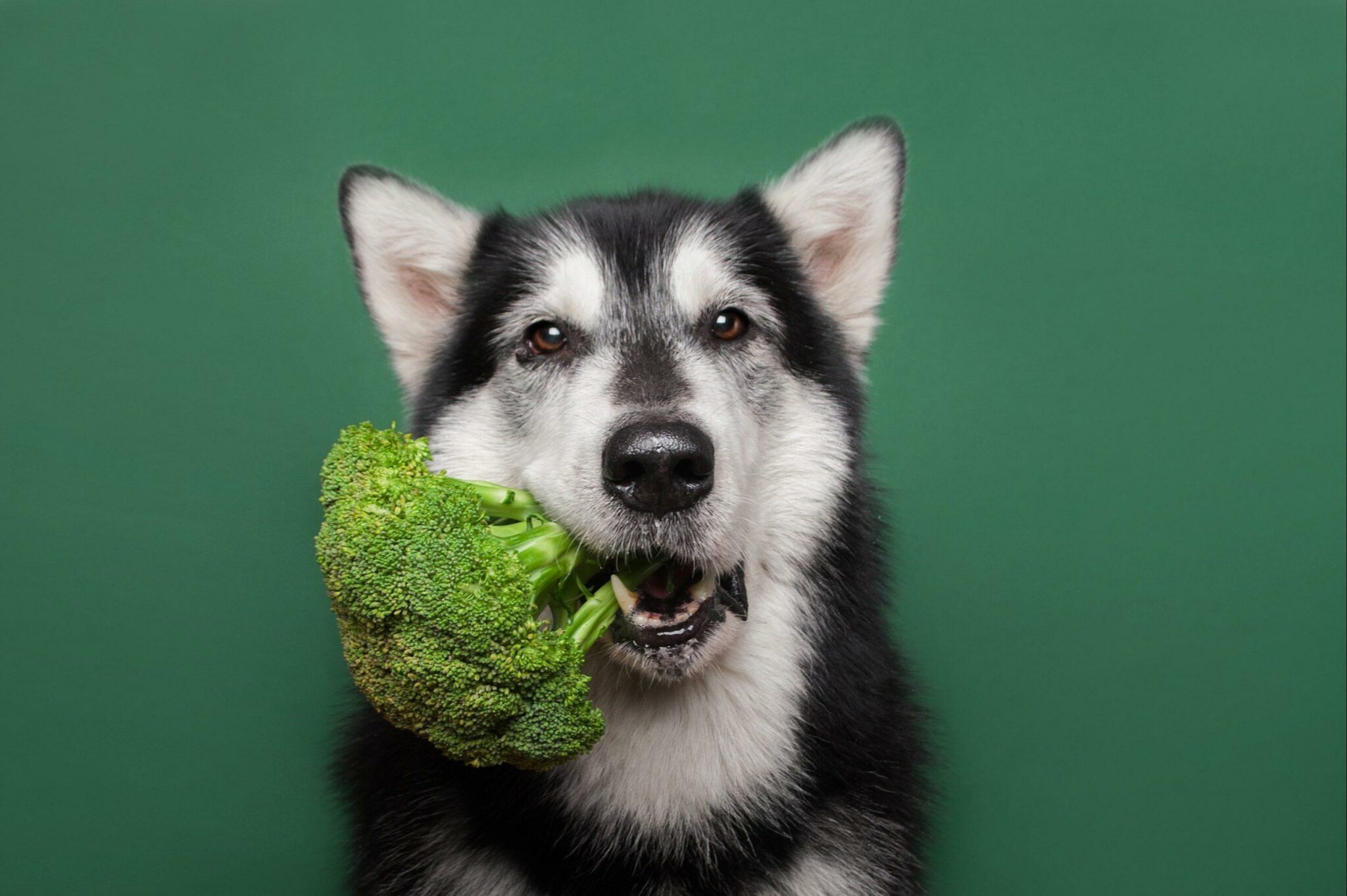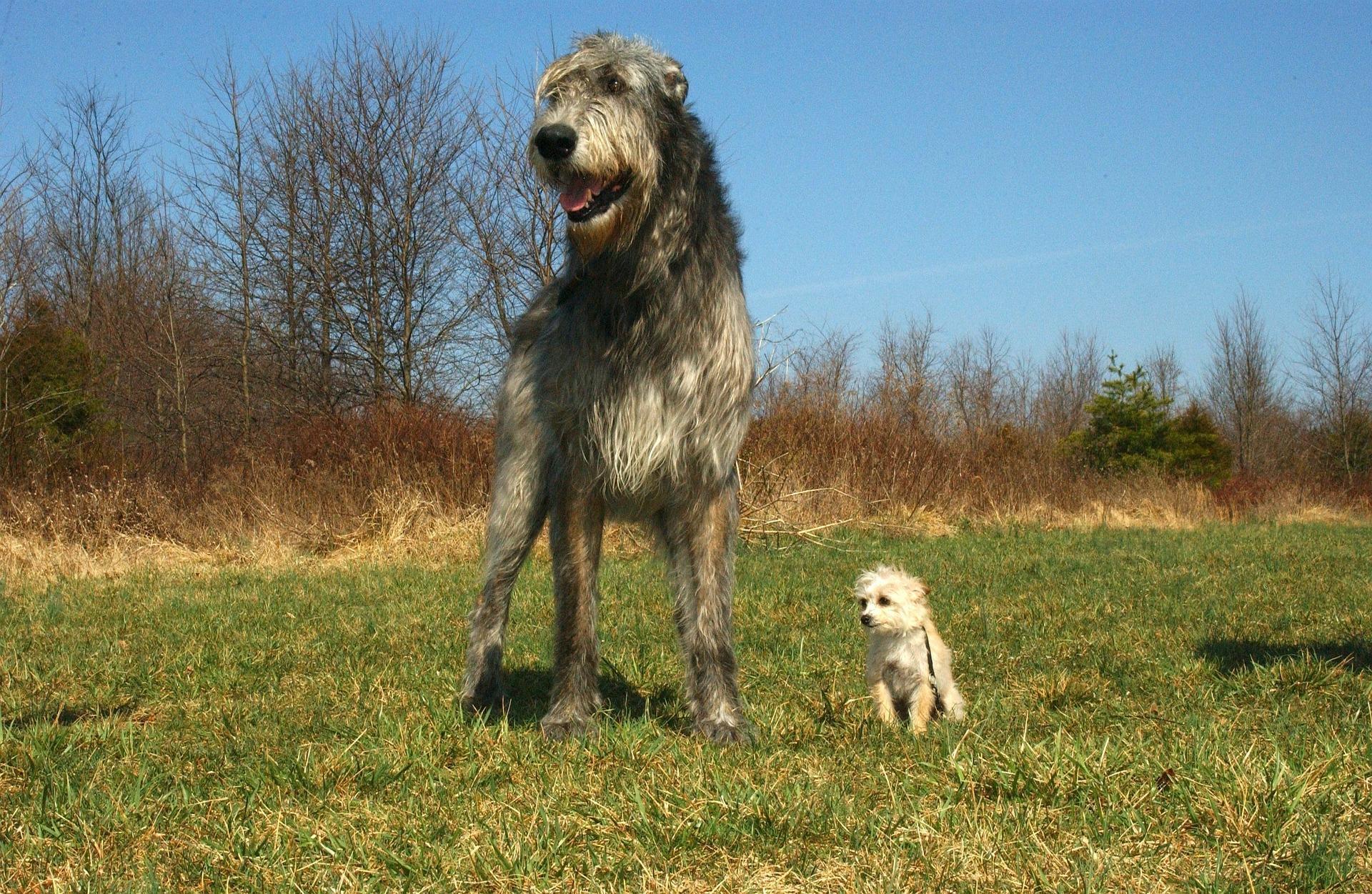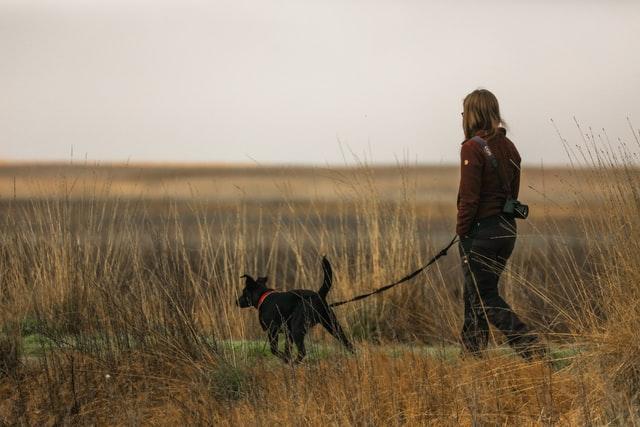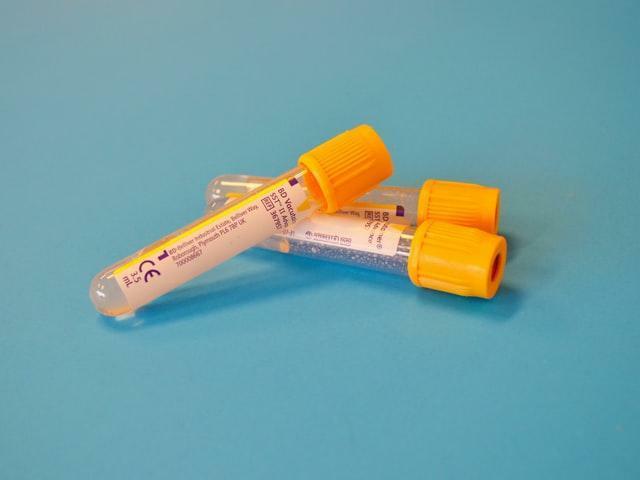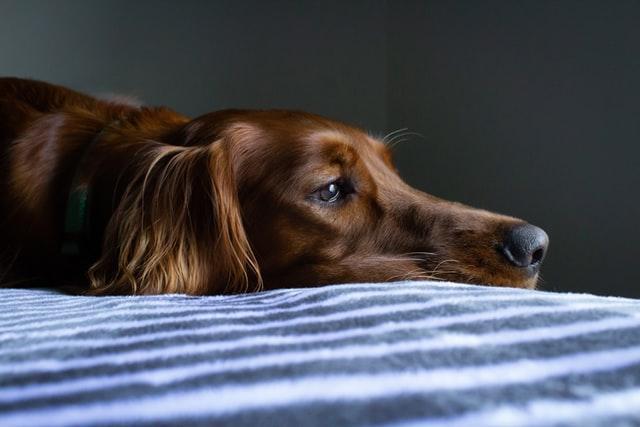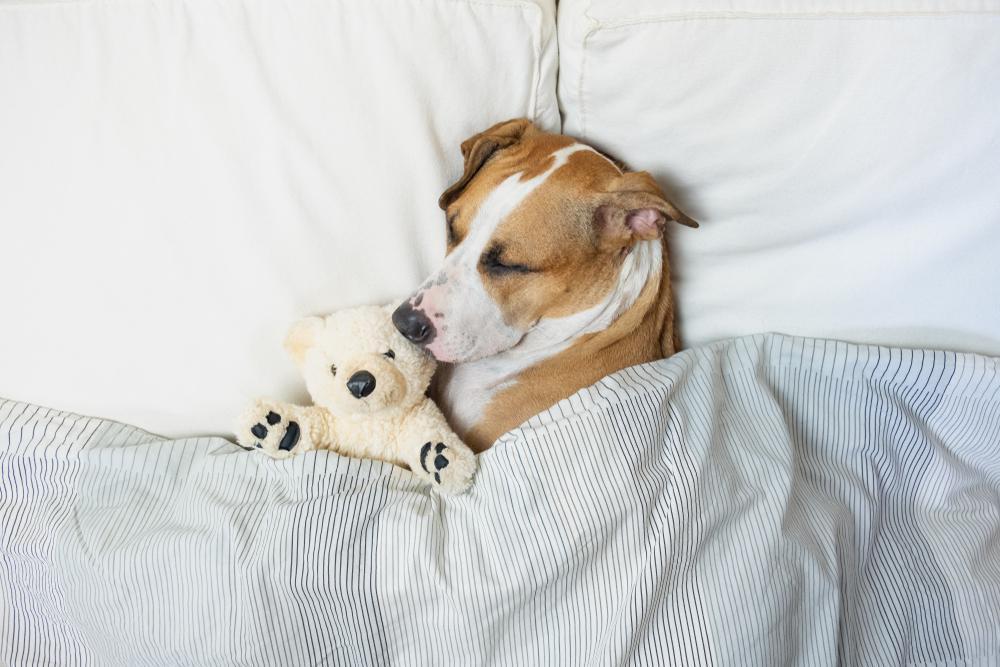Here at My Pet Nutritionist, we often see rest and recovery as a forgotten need of dogs. With the advent of daycare centres and dog walkers, most of us relish the idea that our dog can be kept occupied whilst we are in work. When owners research potential breeds to bring home, their exercise quota is usually discussed along with the need for mental stimulation.
Exercise is important for canine health – we’ll come back to that later. So is mental stimulation, especially for those smart, working breeds.
But there needs to be a balance so lets discuss, why we let sleeping dogs lie.
Pop into any social media group discussing dogs being left alone and destruction inevitably comes up. Well-meaning owners often suggest that the dog is bored and by providing things for the dog to do, they will cease the destructive behaviour.
It’s clear that destruction when left alone is a symptom of anxiety; not boredom. Toys and food are only ever used in a separation anxiety protocol to help the dog make positive associations with a confinement area. Part of this protocol is to assess how the dog behaves immediately after finishing the puzzle to establish whether in fact it was a distraction or actually taught the dog to relax.
Boredom in dogs often isn’t the big deal that social media groups make it out to be. Those behaviours associated with boredom are often symptomatic of frustration or anxiety.
So, how much interaction does your dog need on a daily basis?
This is a difficult question to answer. As with humans, dogs have different personalities and purposes. However, we can’t argue with the science.
Dogs are diurnal. Like us, they are active during daylight hours.
Rest occurs during the dark. But activity increases in the last two dark hours. A rest period is common at noon and then reduced activity continues during the afternoon.
Findings here
Sleep is widely studied, for its evolutionary benefits. It is crucial for most daily functions. It is clear in humans, that when suffering sleep restriction, they have attention lapses, slowed working memory, reduced cognition and depressed thought. Studies have shown a significant reduction inactivity in dogs experiencing sleep restriction.
Findings here
One of the main purposes of sleep is to consolidate memories or learning. This has also been found true in dogs. Learning affects sleep structure which ultimately decides whether you retain the information or not. Interestingly, in studies, those dogs allowed to sleep after learning anew command were more likely to retain the command at a later date than dogs allowed to walk or play.
Findings here
So, if you want to train your dog, they need their sleep.
Under laboratory conditions, dogs will sleep around 13 hours per day. But this is very generic. Older dogs will sleep more as they tend to experience periods of broken sleep. Puppies too will sleep a lot more – generally 18-20 hours. The rule of thumb is to let sleeping puppies sleep!
For the puppy, consider how much socialisation and training you are undertaking. When you think you’ve only got around 4-6 hours per day of awake time; take some mealtimes out of that, and your safe play in the garden… it’s easy to see how you can quickly overwhelm a puppy.
What’s really interesting is, like in humans, negative or positive interactions, affect sleep length and quality.
Following a negative interaction with a human, dogs tend to fall asleep quicker. This goes against what we’ve found in humans; the idea that stress impedes sleep. It is termed stress-induced quiescence (protective sleep in response to stress).
Findings here
This throws a bit of a curve ball when we are considering the overall health of our dog. We usually understand that they are content when they fall asleep – but now we must consider that it could be a potential stress-response. It’s worth looking out for these patterns and seeing how your dog sleeps.
This has never been more relevant when considering daycare. More and more are popping up and I often hear owners say that their dog does nothing but sleep when they get home. It is generally understood that the dog has had such a busy day, they are just exhausted.
But, what if, in these daycares with upwards of 50 dogs on site, the dog is just over-aroused?
How realistic is it for your dog to get his rest in such a busy site? When his normal rhythm tells him to rest around noon and then have a quiet afternoon, and he’s actually running, chasing and playing for 8-10 hours of the day? This is sadly where non-aggressive dogs get labelled as aggressive, simply because they have reached their peak of “activity” for that day and some annoying puppy continues to hang off their ear! Also a consideration to be made when a new puppy is introduced into an adult dog home.
Any daycare worth their salt should value rest and recovery as much as play and interaction.
Sleep is not the only way that your dog can rest and recover. Simply having quiet, settled time can be of benefit.
All too often, owners consider that their dog always needs to be doing something. Here it must be questioned, does your dog need to be kept occupied simply to keep them out of trouble? Some dogs just don’t learn how they need to behave because they aren’t given the opportunity. This is a whole new issue which is too big to tackle in this article. Maybe at a later date.
If your dog has their own space, whether it’s their bed, a crate, a den or a corner in the home, they soon learn that it is their safe place. They can learn to settle and rest there. But they need to know that no one will hassle them, so children need to keep their distance. You can use lickimats or stuffed kongs to help them associate the space with calm and quiet, or even long-standing chews. We know that licking and chewing is a stress-reliever for dogs.
On the other side of the scale, of course dogs can suffer from a lack of stimulation. When raised in barren environments dogs have demonstrated chronic behaviours including excessive licking or chewing of their body, self-injury, barking, digging, circling, pacing and coprophagy (eating faeces). But again, these are stress behaviours.
Stress is only stressful if you don’t know how to deal with it.
When supporting optimal health in your dog, it’s about finding the balance. Your dog needs time to sleep. They also need to be shown how to self-settle and cope with life. Dogs will sleep around 13 hours per day, puppies a great deal more. Just because the other hours are spent awake, it doesn’t mean he needs to be tearing across a football field the whole time. He can be settled, calm and quiet. He can be sniffing and exploring or chewing and eating!
If you are looking for a naturopathic, well rounded approach to health, check out our consultations
here.
Thanks for reading.
MPN Team x


